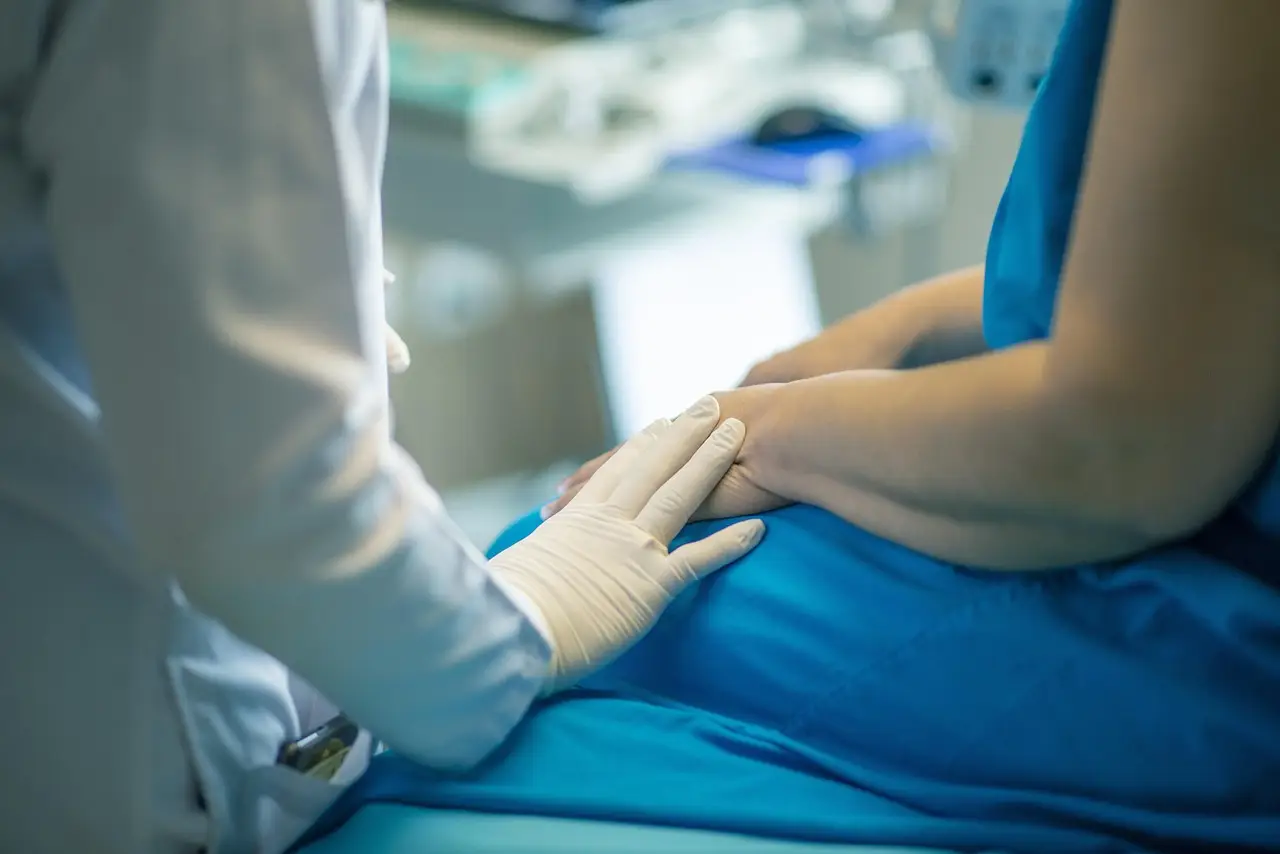
The Critical Role of LED Lighting in Enhancing Patient Care and Well-Being
In hospitals and medical facilities, the quality of lighting plays a pivotal role in patient care and overall well-being. From examination rooms to patient wards, the lighting environment can significantly impact both the psychological and physiological states of patients. LED lighting has emerged as the optimal choice for healthcare environments, offering benefits that extend far beyond energy efficiency. In this post, we’ll explore how LED lighting enhances patient care and contributes to a healing environment in hospitals and medical facilities.
Supporting Circadian Rhythms with Tunable LED Lighting: One of the most significant advantages of LED lighting in healthcare settings is its ability to support patients’ circadian rhythms. Circadian rhythms, which are the natural sleep-wake cycles regulated by light, can be easily disrupted in a hospital environment, leading to poor sleep quality, increased stress, and slower recovery times.
Tunable LED lighting systems can be programmed to mimic the natural progression of sunlight throughout the day, promoting better sleep patterns and overall well-being. For example, bright, blue-enriched light can be used during the day to enhance alertness and mood, while warmer, dimmer light can be used in the evening to prepare patients for rest. By supporting natural circadian rhythms, LED lighting contributes to faster recovery and improved mental health for patients.
Enhancing Precision and Accuracy in Clinical Settings: In areas such as operating rooms, examination rooms, and laboratories, precision and accuracy are paramount. The high color rendering index (CRI) of LED lights ensures that medical professionals can see true-to-life colors, which is essential for accurate diagnoses and effective treatments. Whether it’s distinguishing subtle differences in tissue color during surgery or reading diagnostic images, the superior color accuracy of LED lighting helps reduce the risk of errors.
Additionally, LED lights provide consistent, flicker-free illumination that reduces eye strain and fatigue for healthcare professionals working long hours. This improved visual comfort leads to better performance and decision-making, ultimately enhancing patient outcomes.
Reducing Infection Risks with Easy-to-Clean Fixtures: Infection control is a top priority in hospitals and medical facilities. Traditional lighting fixtures can harbor dust and bacteria, contributing to the spread of infections. LED lighting fixtures, on the other hand, are designed to be easy to clean and maintain, reducing the risk of contamination.
Many LED fixtures are sealed and have smooth surfaces, making them less likely to collect dust and debris. This design also allows for more effective cleaning and disinfection, which is especially important in sterile environments such as operating rooms and isolation wards. By choosing LED lighting, hospitals can enhance their infection control efforts and create a safer environment for patients and staff.
LED lighting is more than just an energy-efficient solution for hospitals and medical facilities. It plays a critical role in enhancing patient care, supporting the well-being of both patients and healthcare professionals, and contributing to a safer and more effective healing environment. As healthcare facilities continue to seek ways to improve patient outcomes and operational efficiency, LED lighting will remain a key component of modern healthcare design.


